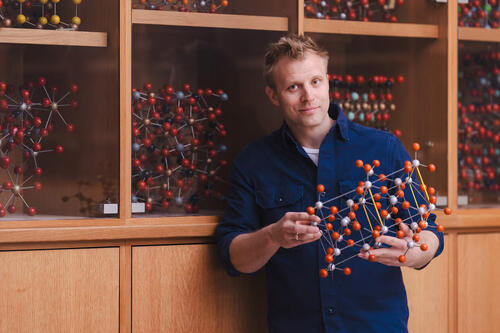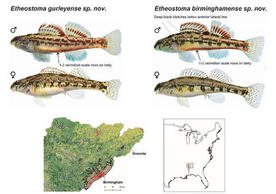
Normally, throwing rocks at a problem isn’t the best idea.
But in the multi-faceted fight to combat climate change, scientists are finding that crushed rocks judiciously applied to farmers’ fields may be a powerful force in removing heat-trapping carbon dioxide (CO2) from the atmosphere and storing it safely for thousands of years.
How powerful is this idea? Powerful enough to win the four-year, $100 million XPRIZE Carbon Removal competition.
On Earth Day, April 22, XPRIZE officials announced that Mati Carbon, a non-profit based in part on the research of Yale geochemist Noah Planavsky, won the competition’s grand prize of $50 million. More than 1,300 groups from 88 countries took part in the competition, which required teams to create and demonstrate a system for pulling CO2 directly from the atmosphere or oceans and durably sequester it. (Another $50 million in prize money will be distributed to other winners.)
Planavsky, a professor of Earth and Planetary Sciences in Yale’s Faculty of Arts and Sciences (FAS) and YIBS faculty affiliate, along with his lab group, developed the methods to track carbon fluxes that Mati Carbon used in pilot programs. A faculty member of the Yale Center for Natural Carbon Capture (YCNCC), he is also head of Mati Carbon’s science advisory board.
In its work, which is focused on the Global South, Mati Carbon uses crushed rocks to drive a chemical reaction that transfers CO2 to a stable form of carbon that can be stored in the ocean and remain for thousands of years. This process, its scientists say, also helps improve soil health for farmers who have limited funds for soil amendments.
“This prize is an affirmation of the importance of focusing on permanent carbon dioxide removal and creating a pathway to scale it that can bring benefits to some of the people most affected by climate change,” said Planavsky.
“The Mati Carbon team has put in a tremendous amount of work. This investment will allow Mati to bring costs down as they scale up their efforts in a meaningful way.”
Mati Carbon uses a process called Enhanced Rock Weathering (ERW) — a core research area being pursued by scientists around the world, including at YCNCC. It involves spreading crushed rocks or silicate minerals over agricultural land to accelerate natural rock weathering.
Mati Carbon’s rock of choice is crushed basalt, which is a volcanic rock rich in silicate minerals. As it dissolves, a series of chemical reactions removes CO2 from the atmosphere. The carbon gradually moves into streams and rivers and later is delivered to deep aquifers or the ocean — where it can be stored durably in stable bicarbonate form for more than 10,000 years.
What’s more, the process adds beneficial nutrients to the soil, in addition to removing CO2.
For more information, click here for an article published by Yale News.



